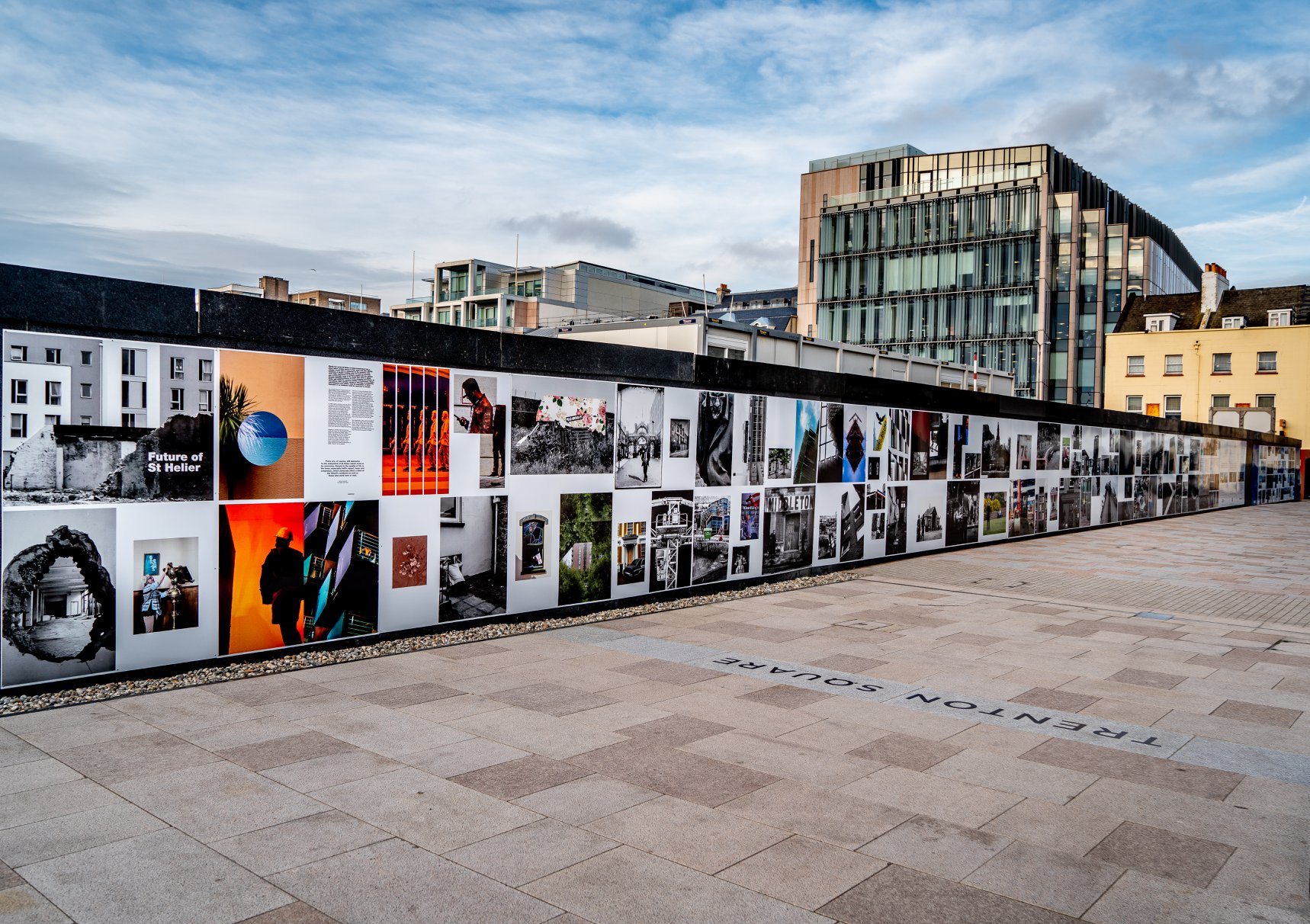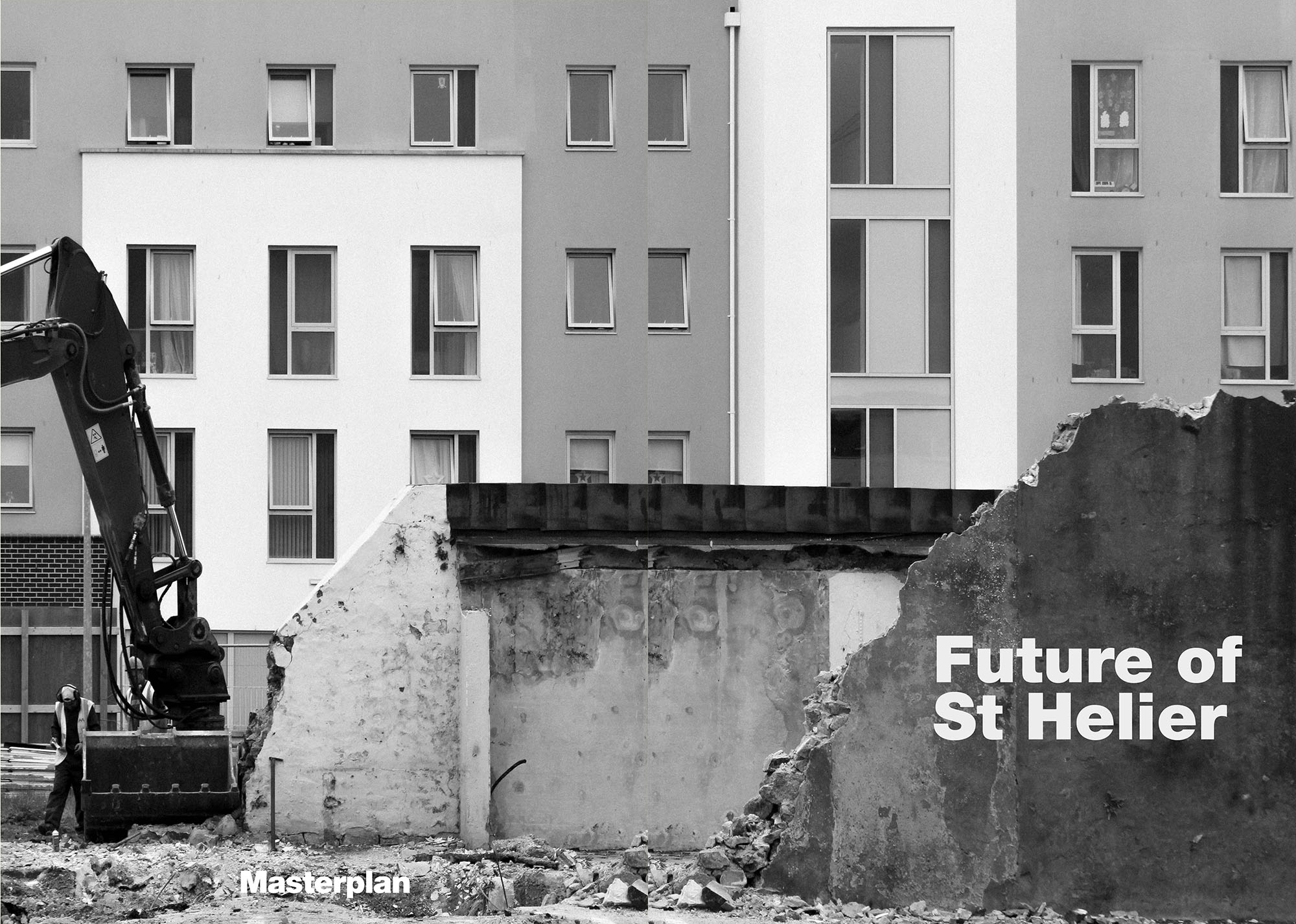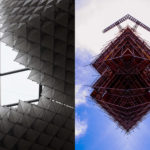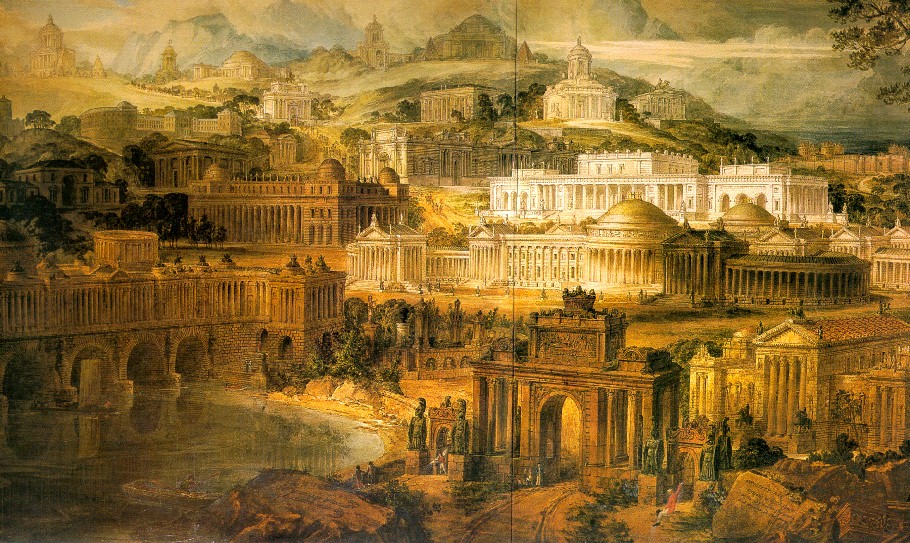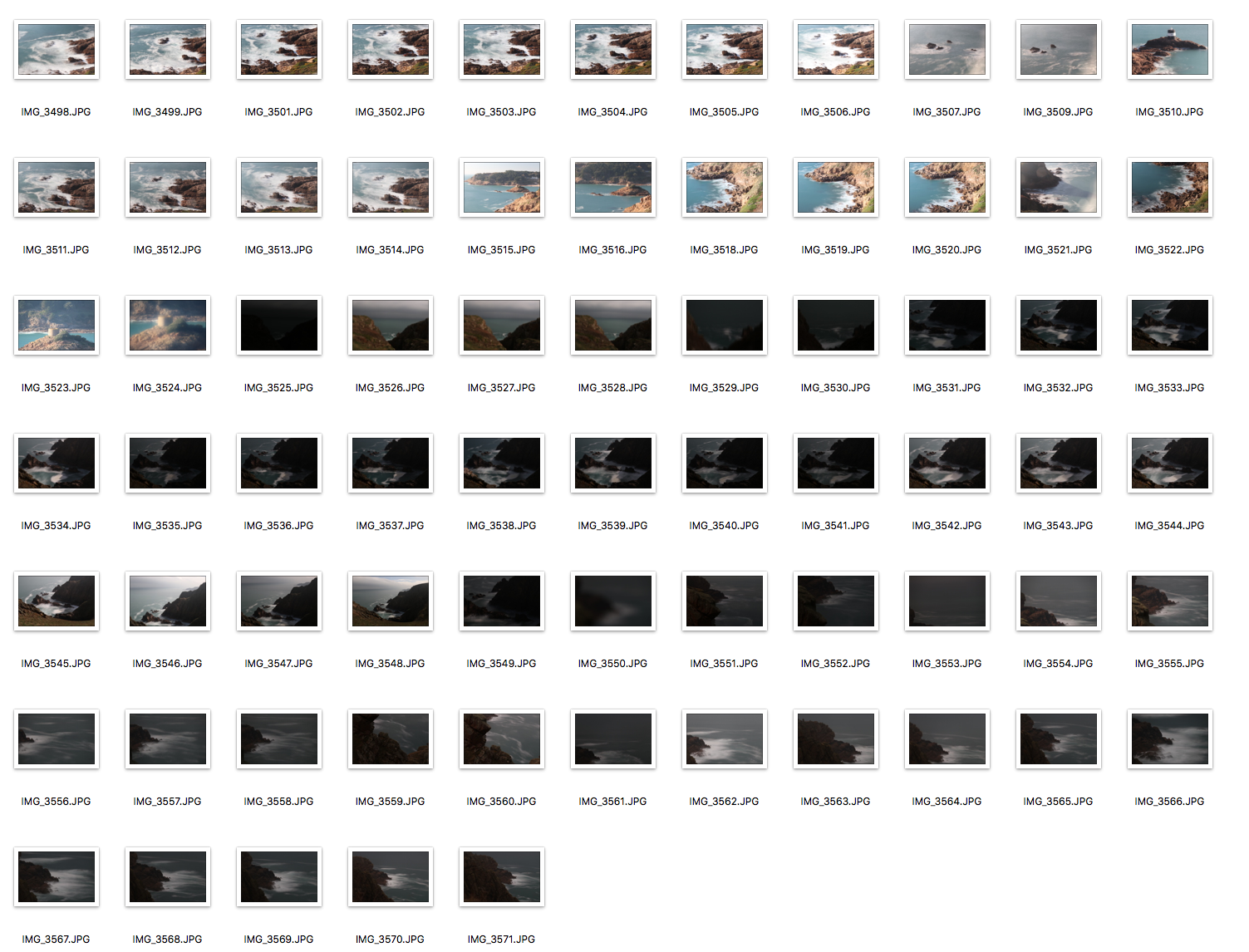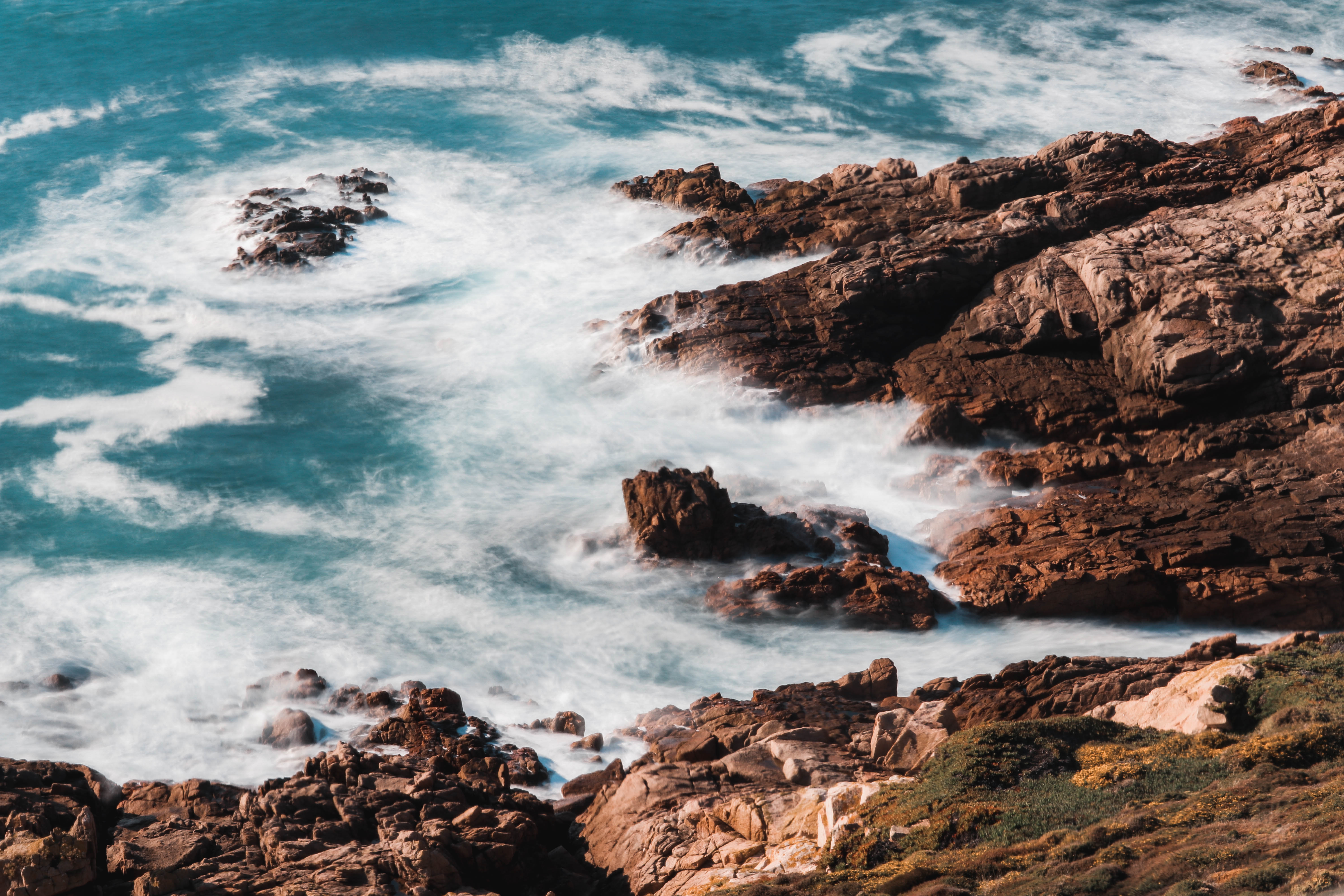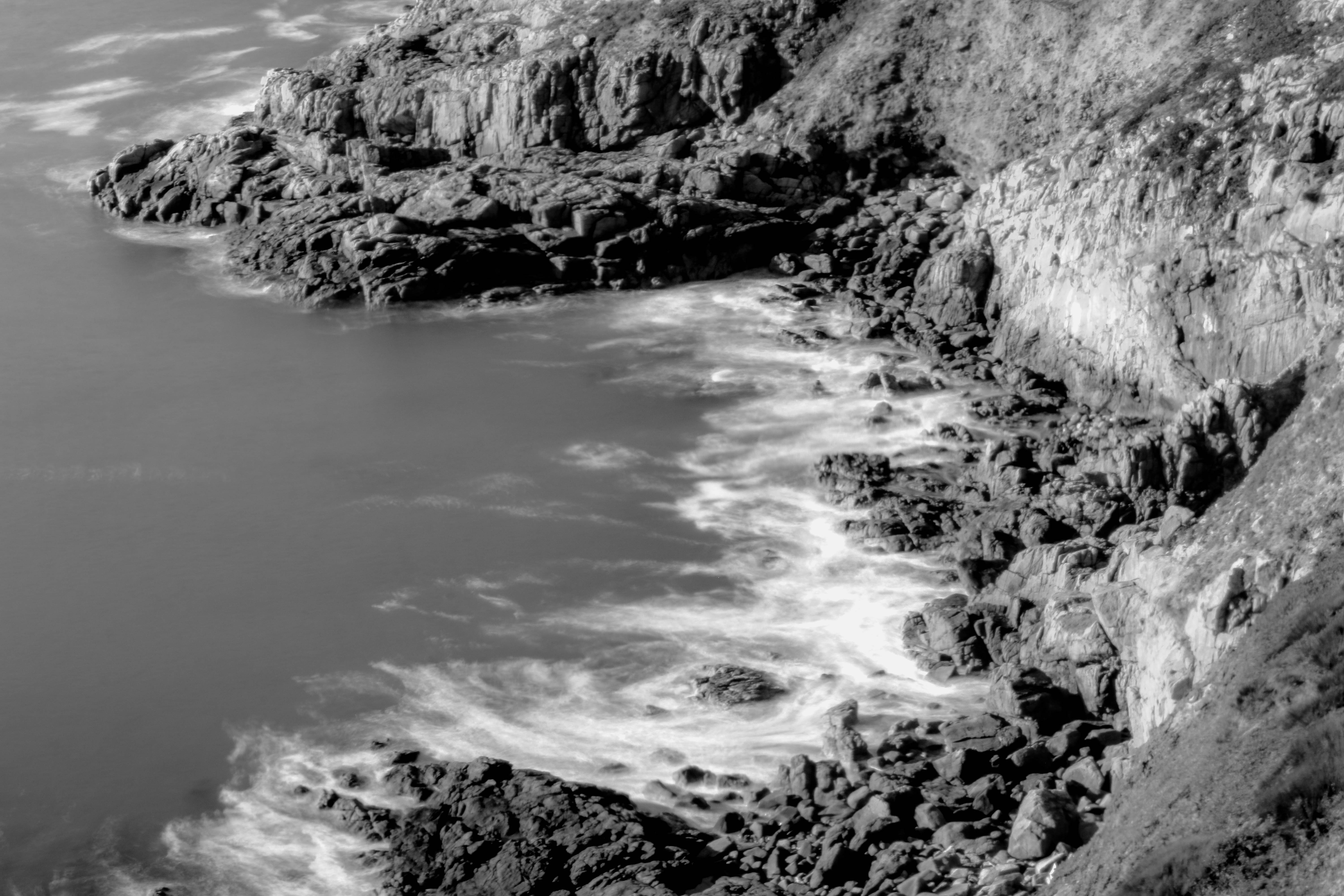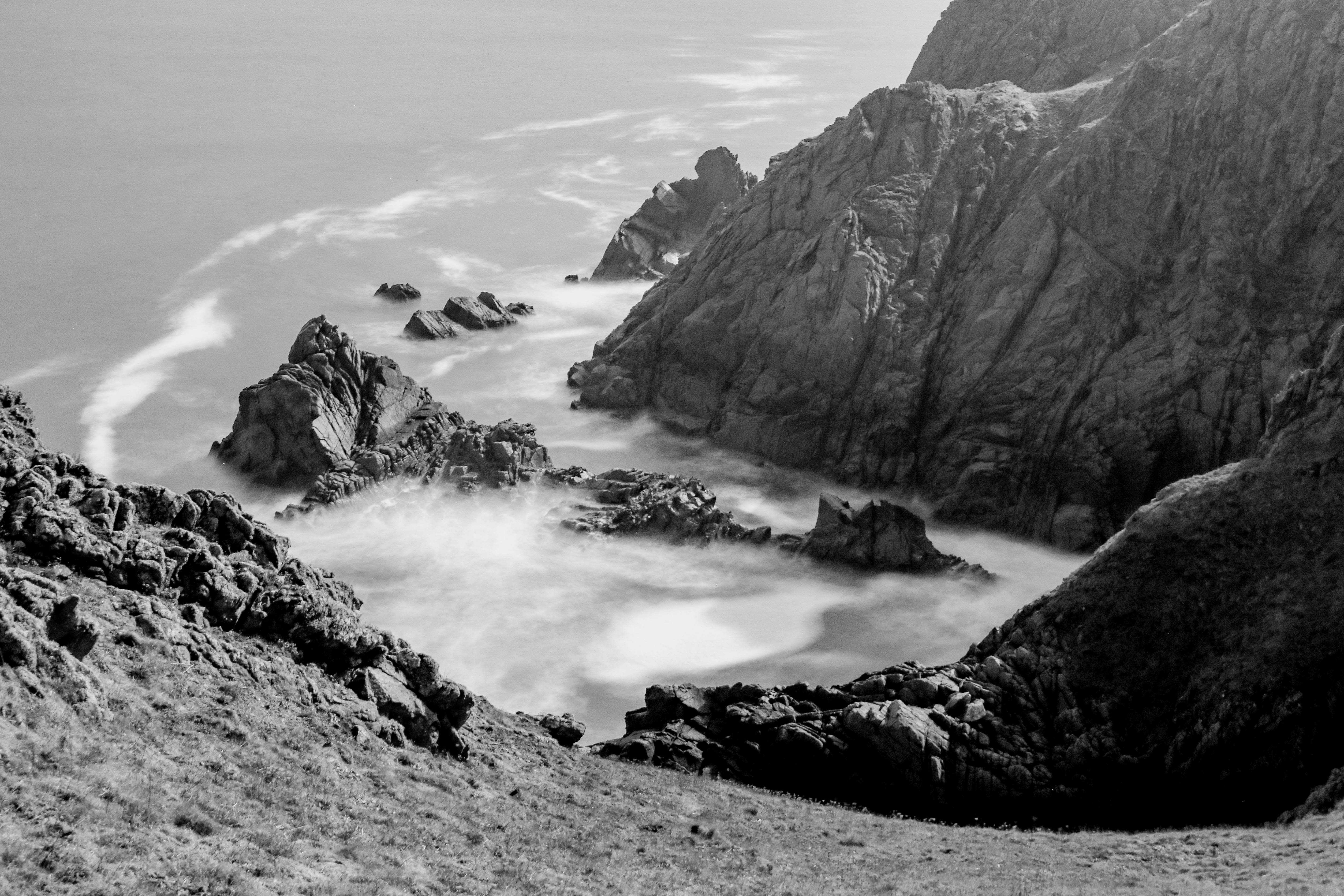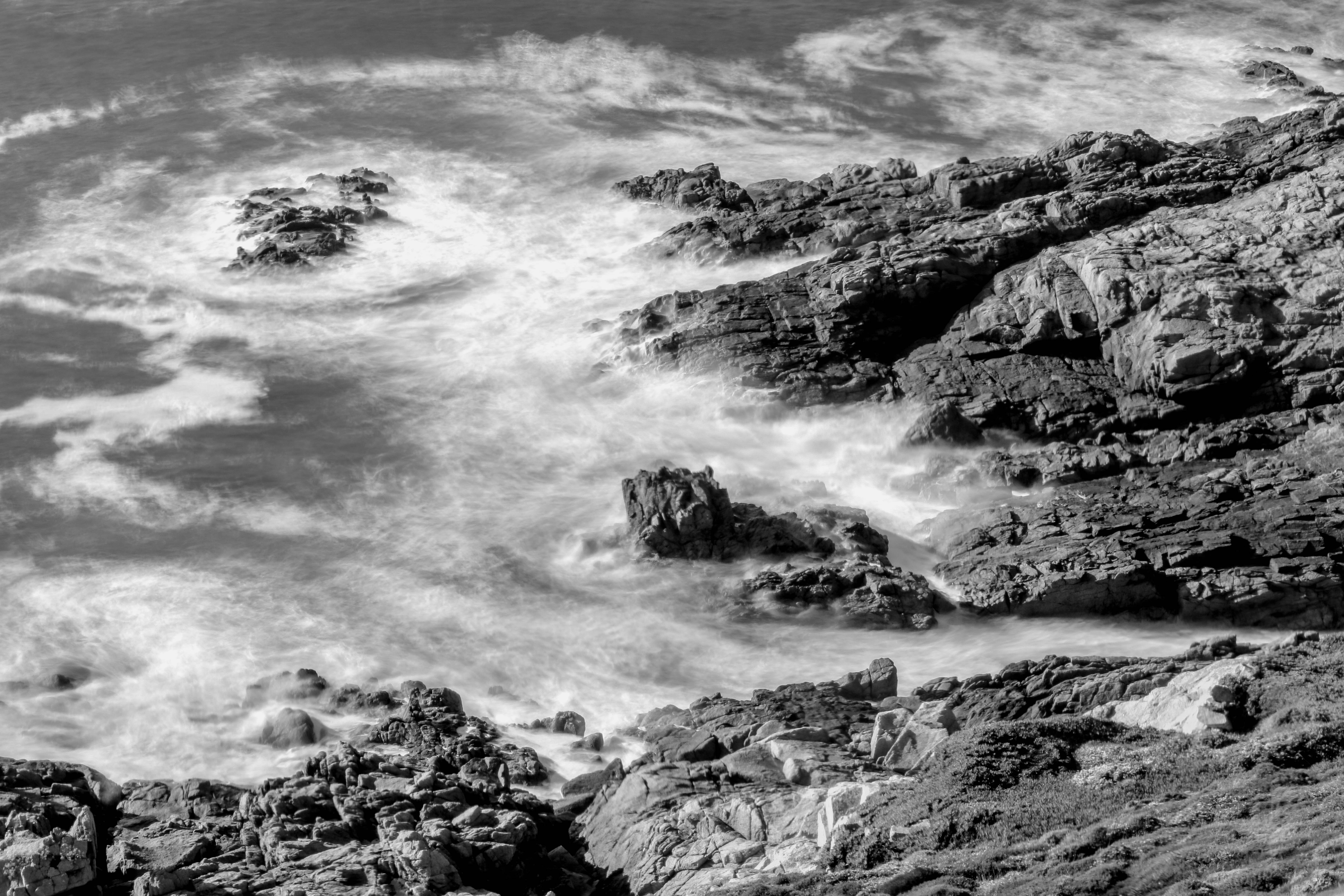Artists to reference and how they discuss emotions and the sublime:
Tim walker:
Tim walker is a photographer who specialises in out-there and almost wordy tablo shots for magazines and lots of fashion looks and developments. Similarly Peter Lindbergh has a similar fashion style. Walker is evidently the most vibrant artist I have chosen, and he will be subject to interpretation as a comparative to my other two photographers. His work is something of a fantasy and brings the word sublime into a chaotic visuality. I would love to develop and experiment more in his style, however for me to create these scenes of such a strong tablo photography would be difficult due of the large set pieces used, However I could use a combination of both a set and photoshop in order to show a negotiated medium of his style into my work itself. I have recently read the following articles from Tim walker which addresses his work in order to connote a whole story, although he clearly states ‘When you work as a photographer you’re working more with a mood and with a suggestion of something that enables the viewer to be able to put themselves in to the picture and imagine themselves in that situation’ his work is done in order to be generous to the reader. The production of the image is essentially allowing someone to be part of a fantasy. It is inviting them to enter his work and his element of ‘escapism’. To my mind he does this as when developing a portraiture of someone you’re playing with their identity, this is not a fantasy, this is a very vulnerable. When collaborating with a person you are in a direct expression of what that person is feeling to the camera. This is why I think Tim Walker is such a necessity when thinking about how emotions and surrealism work hand in hand to connote abstract themes of the sublime . His images have so much meaning and fluidity to them, the vibrancy does not take away from the emotions given by the persons themselves. A photograph should enable yourself ‘to learn something’ there should be an ability to tell a story of the person themselves. 
Claude chaun:
Claude chaun I have previously spoken about in depth and the way she uses gender in order to form and effect her emotions. Interestingly I have responded to a set of her works already, with a model being submerged within the landscape. I believe there was a delicacy within that work. Claude Cahun was born October 24th 1894 in France. She was a surrealist and performance artists who was well known for self portraits that portray her as ambiguous gendered. Cahun outwardly rejected identity and wanted a new political reform of more freedom. Her portraits presented herself occasionally as man sometimes as a woman, sometimes thoroughly androgynous. By refusing several gender stereotypes into a single character, she obstructed her identity In some of her work cahun departs radically from a linear or chronological telling of her life and she talks the reader through her attempts to discover who she is. I belive much of her work is about self discovery reflected in a political refusal to be normal. Her work is such a vulnerable exploitation fo her inner most emotions and has allowed herself. Her work soon become increasingly radical with political views and constructs she soon cofounded a philosophy book discussing the radical cultural groups at the time, Perhaps I could further use this as a explorations to how her philosophy could compare to someone such as Burke or Barthes.

Peter Lindbergh;Through his lents fashion meets art and photos see under the surface Fashion photography can not be confined to a mere communication and advertising expedient, especially if you look at one of the names that have made it a form of art, excluding it from historic, cultural and geographical landmarks.he sues fashion and his table works in order to access a true inner beauty of women and capture a personality through their emotions which makes up his main inspiration, intangible to be captured through the lens, the desire to go beyond the other fashion photographers.
Francesca Woodman:
Is an electronic artist. Woodman started taking photographs when she was 13 years old. She moved to New York in 1979 with the dream of pursuing a career in fashion photography. She took inspiration from surrealism and fashion, blurring her images in order to create movement and express conceptual themes into the narrative of her work. ‘Ordinary objects and materials, such as mirrors and pegs, to transform her body parts into distorted and surreal versions. She experimented with glass panels, pressing them against her body to squeeze, reshape and flatten her flesh to make her physical features appear grotesque and exaggerated. When questioned about why she was the subject of her own photographs, Woodman replied ‘It’s a matter of convenience, I’m always available’. Many of her images have a Secretive quality and a powerful sense of backstory. Not that I should get the wrong idea. “This wasn’t a performance. She was concentrating on the picture. That was why she didn’t want people around. She didn’t want any distractions.” Her work somewhere managed to combine an array of emotions succeeding of funny, artful, neurotic, and occasionally painfully honest. She was whole heartedly letting herself and all her emotions be so painfully shown to everyone and exploited. It shows how emotions can not only be so powerful, scary and beautiful but also a discussion of surrealism. However she soon become suicidal and killed herself as just 22, however this raised extraordinary attention as her primary subject was herself.
Roland Barthes :
Roland Barthes had a great fascination in what photography is and what it really means to be in a photo and if this photo should be considered reality or even a reflection fo time. He link his personal past memories within photos and question why photography creates an emotional effect occasionally. Camera Lucida is a book written by Barthes to determine a new mode of observation, and a new consciousness by the way of photography. He attempts to account for the fundamental roles of emotion and subjectivity in the experience of and accounting for photography. He stated that the irreducible singularity of the photographic images as an index indicating, ‘that has been’. photography is distinguishably from all other forms of representation, this is a symptom of a disorder which renders it ‘unclassifiable’ photography is mechanically a repetition of that which could never be repeated existentially. ‘When we look at a photograph, it is not the actual photo that we see, for the photograph itself is rendered invisible; thus the photograph is unclassifiable, for it resists language, as it is without signs or marks—it simply is’ I find this fascinating as it questions how the sublime comes to be an actually occurrence. A photo is just a a chemical reaction not repeated existentially, how does a piece of paper allow such a strong emotions to be relevant within work. How does something which does not exist, and only did exist for a moment show such a prevail of passion and pain for so many. Are people so vulnerable and materialistic they do not have to see something in the moment but can feel such strong emotions over something which possibly never even happened. However Barthes soon goes into focus on the factor of ‘duality that was characteristic of certain photographs: a ‘co-presence of two discontinuous elements’—what he terms, the stadium and the punctum. The studium refers to the range of meanings available and obvious to everyone’ the studium speaks of the interest which we show in a photograph, this inspires to want to know and think more about the own subjectivity. Puntum is a word to describe trauma, it is as private meaning to escape language, it is an experience which is irrefutable intertextuality of the photograph. it attracts the view and pick a wound. This could be were we see emotion, we use our own emotions and memory and amount them onto a photo, this is the way in which we would be able to see and fell the sublime. The ambiguity of the book lends itself to address the photographic meaning to have grander implications for the human consciousness in the pursuit of truth. His formulation fo a new science called ‘absolute subjectivity’ this is an escape of ho a photo can bring the conscious and also the unconscious into a meaning.

Edmund burke:
Burke was probably if not THEY most influential philosopher when it comes to scissions upon the sublime and what it means and it able to achieve. Most of his ideas are those which are capable of making a powerful impression of the mind, wether this is pain of pleasure. this could even be seen through the preservation and society. This piece of work by burke is divided into many different sections talking about, sublime, sex, society, beauty and solitude. All of which are combined and made successfully to fit into the sublime, however I will focus on the main themes of the sublime itself. whatever operates in a manner analogous to terror is a source to the sublime. It is productive of the strongest emotion which the mind is capable of feeling. Burke is said saying ‘ When danger or pain press too nearly, they are incapable of giving any delight, and are simply terrible; but at certain distances, and with certain modifications, they may be, and they are delightful, as we every day experience. The cause of this I shall endeavour to investigate here after.’ He speaks about the differences to which sexes belong in society, this could be further divided into man and animal. this answers the purposes of propagation of the individual. when men talk about f pain and danger they do not dwell on heath and comfort for security, but the actually pain and horrors itself which they endured, however if you listen to these complaints of a lover he is is insistently on the pleasure he enjoyed from it. Men differently to women did not fear the lack fo comfort of security but the effect of love which lead to madness and loss. Love is capable of producing extraordinary effects, not that its extraordinary emotions have any connection with positive pain. I believe it would be fascinating to not only look into the effects of emotions on people such as love and pain, but perhaps and depending on your sex the different reactions people have to the event and what they feel and can see of the situation. ‘ Beauty is the passion which belongs to generation’ passions are more unmixed and which pursue their purposes more direct. The relationships of sexes chance when talking about the emotions of friendships, we derive these off of kindness, whereas love is one based off beauty. To my mind this is Burkes way to which he is able to explain humanity and our action are all consequences of emotions linked o that of the sublime.

Overall I think these five texts all intertwine and will create a successful text. I believe forming and expanding on this information that I already know I will successfully be able to communicate my themes visually throughout my work, and analytically explore the conceptual’s behind my work and why I am intending to do something in a piece.










